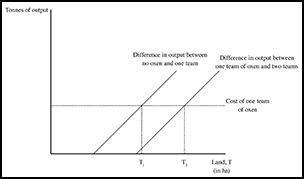No CrossRef data available.
Published online by Cambridge University Press: 18 September 2019

This article advances the hypothesis that the transformation of farming from a labour-limited form to a land-limited form facilitated the emergence of substantial and sustained wealth inequalities in many ancient agricultural societies. Using bioarchaeological and other relevant evidence for the nature of ancient agrosystems, the authors characterise 90 Western Eurasian site-phases as labour- vs land-limited. Their estimates of wealth inequality (the Gini coefficient), which incorporate data on house and household storage size and individual grave goods—adjusted for comparability using new methods—indicate that land-limited farming systems were significantly more unequal than labour-limited ones.